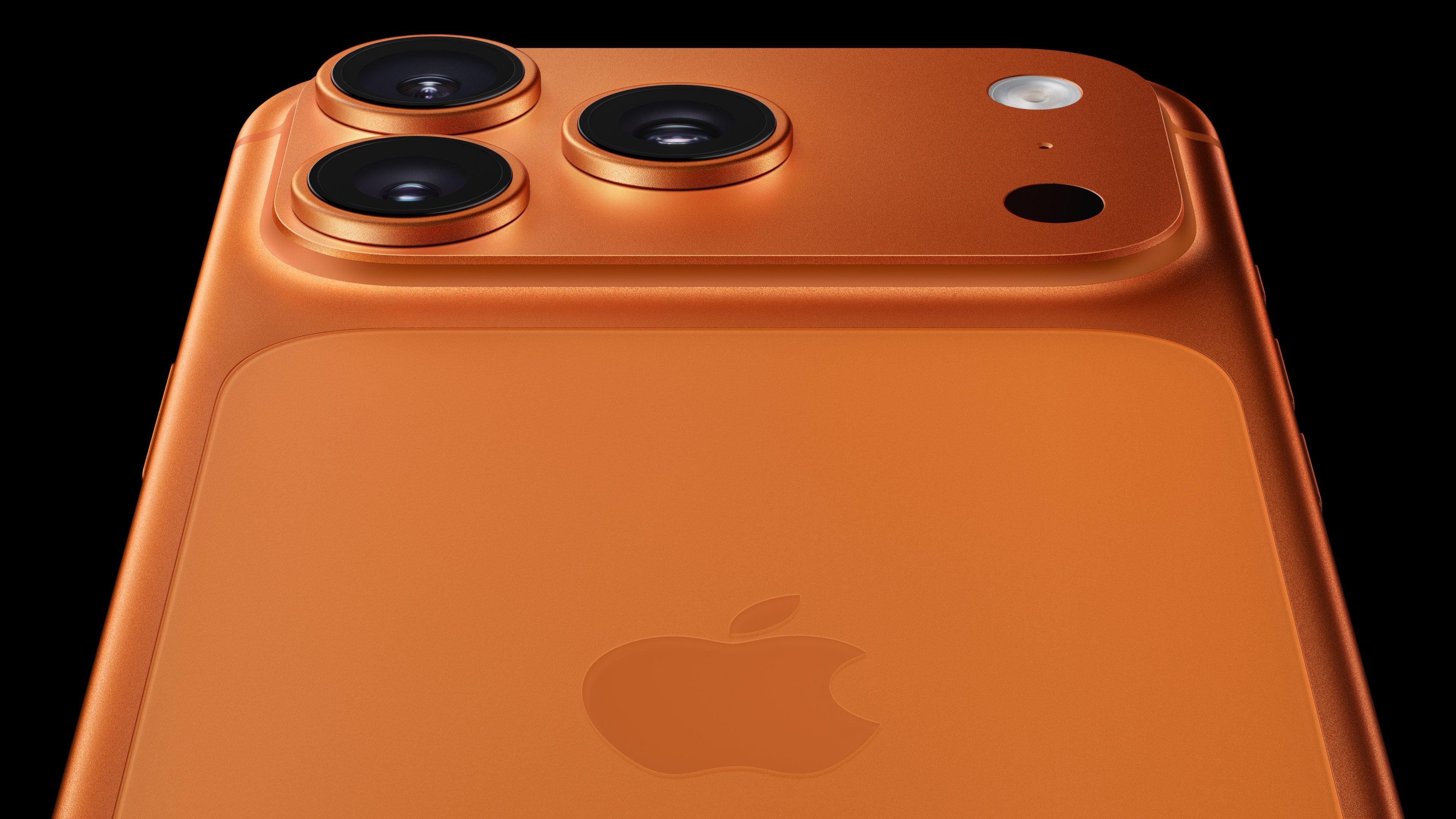On Apple's (AAPL 0.75%) quarterly earnings call back in October, CEO Tim Cook told investors that "worldwide demand for iPhone 7 and iPhone 7 Plus has significantly outpaced supply, particularly on iPhone 7 Plus."

Image source: Apple.
Later during the call, Cook further clarified that although he expected Apple to reach supply-demand balance on the iPhone 7 by the end of the current quarter, he wasn't confident that the company would be able to do so with the iPhone 7 Plus.
Based on a recent check of Apple's online store, it looks as though Apple is close to achieving supply-demand balance on the iPhone 7 Plus.
Want to buy an iPhone 7 Plus in Jet Black?
After launch, the iPhone 7 Plus in Jet Black was extremely difficult to get ahold of, which one analyst chalked up partly to low manufacturing yields on the glossy finish of the device.
Three months later, though, if you'd like to buy one, Apple can have it delivered to your doorstep in a matter of 4-6 days:

Image source: Apple.com.
Similar delivery dates also apply to the iPhone 7 Plus models in other colors and capacities.
Reading the tea leaves
The delivery dates quoted above tell us that Apple close to achieving supply-demand balance on the iPhone 7 Plus. I wouldn't say that Apple is at supply-demand balance, though, as an iPhone 7 (non-Plus) ordered today, per the Apple online store, can be expected to arrive the next day (suggesting that Apple has reached supply-demand balance on the smaller iPhone models).
However, it's hard to draw many specific conclusions from this information. After all, the supply-demand equation is a function of two inputs -- supply and demand. We know that demand has been greater than supply on the iPhone 7 Plus during the quarter, but we don't know how many Apple produced.
If Apple produced more iPhone 7 Plus units this year than it did iPhone 6s Plus units last year, then Apple may have enjoyed a nice tailwind to iPhone average selling prices during the quarter -- potentially a positive for revenue.
Even then, though, there are a couple of scenarios that Apple might be experiencing here. If iPhone 7 Plus demand has increased year over year, that demand might be a result of share gains within the premium large-screen device market.
Alternatively, increased iPhone 7 Plus demand might simply be coming at the expense of the smaller iPhone 7. In that case, Apple should still benefit from a richer product mix (if users don't move down a tier in capacity to move up to the Plus), but the unit shipment story would be less poised to benefit.
Apple might be better prepared next time
Based on Cook's commentary, it looks like Apple was surprised by the relatively strong demand for the iPhone 7 Plus this time around. The signal that consumers appear to be giving Apple is that they want innovative new features and they're willing to pay for them.
Indeed, the iPhone 7 Plus includes a dual-lens camera that enables some interesting capabilities (optical zoom, depth of field) and it sells for $120 more than the iPhone 7. Previous iPhone Plus models carried just a $100 premium over their standard iPhone counterparts.
I expect that Apple's future initial premium iPhone build plans, as well as its feature/pricing strategies with respect to those future premium iPhone models, will incorporate the wealth of insights gleaned from this product cycle.






